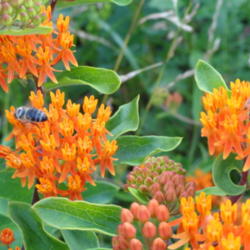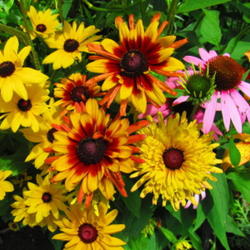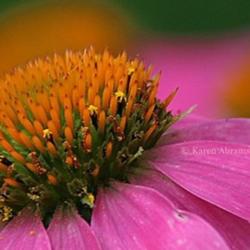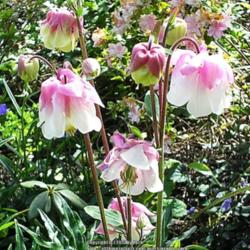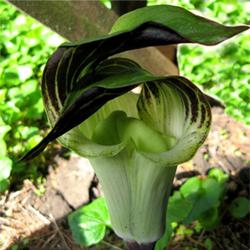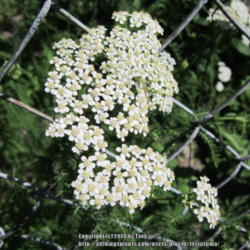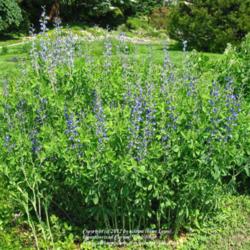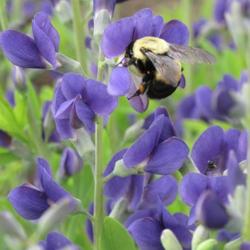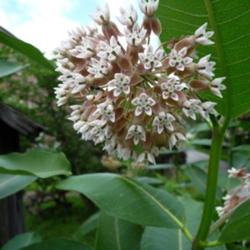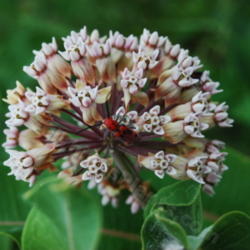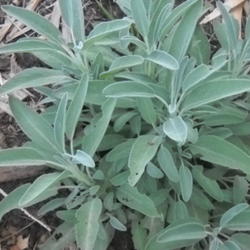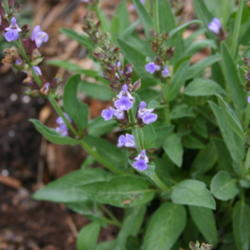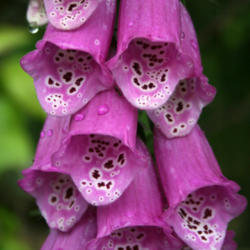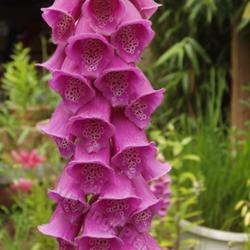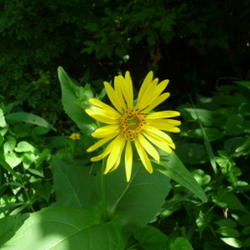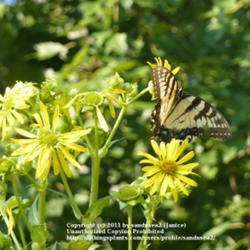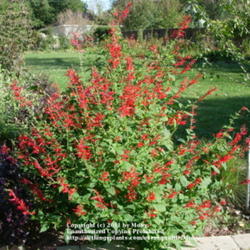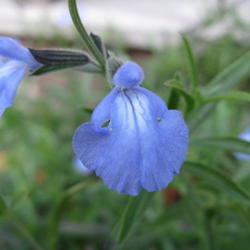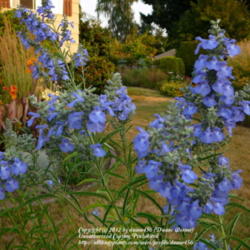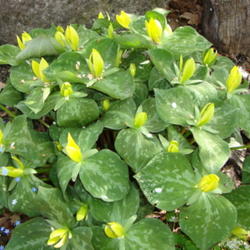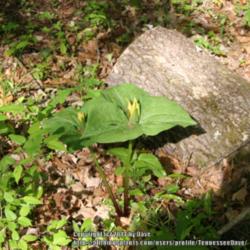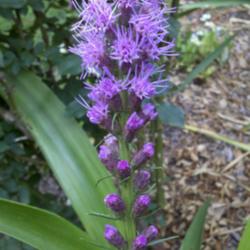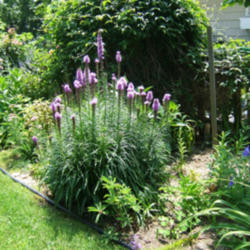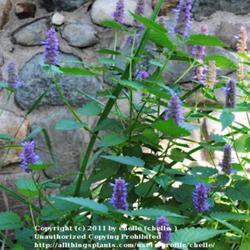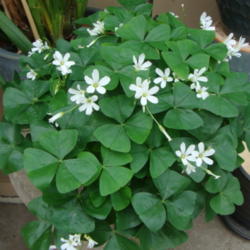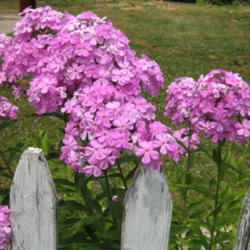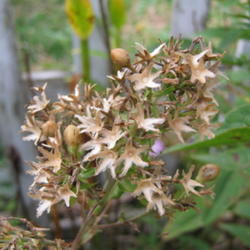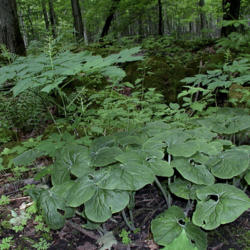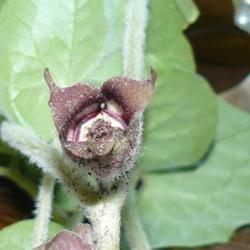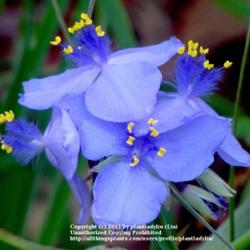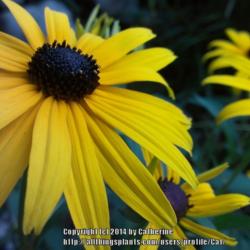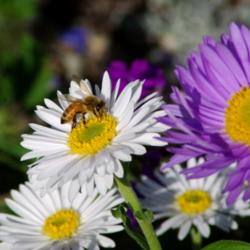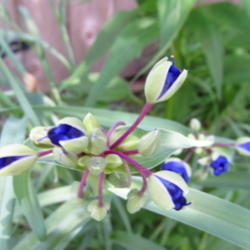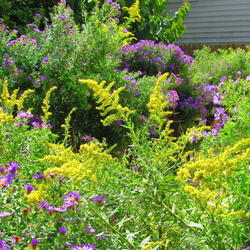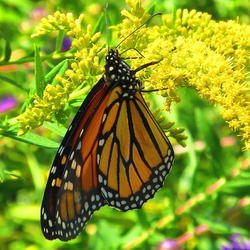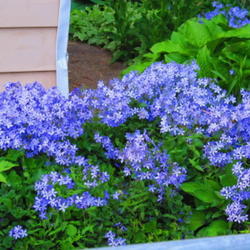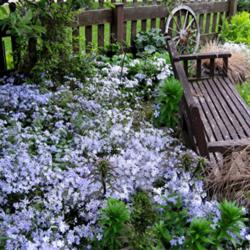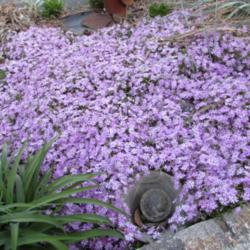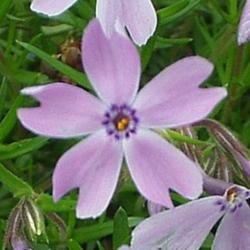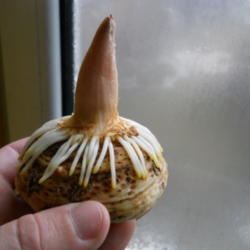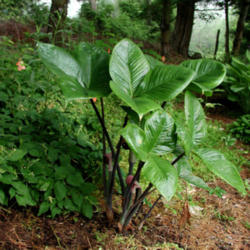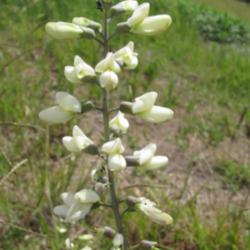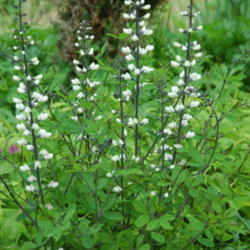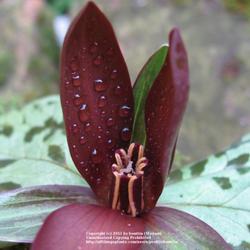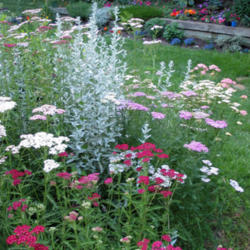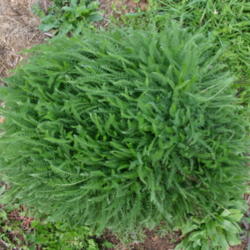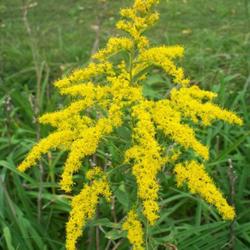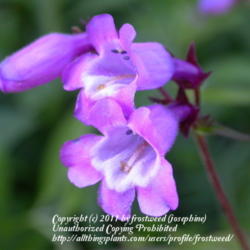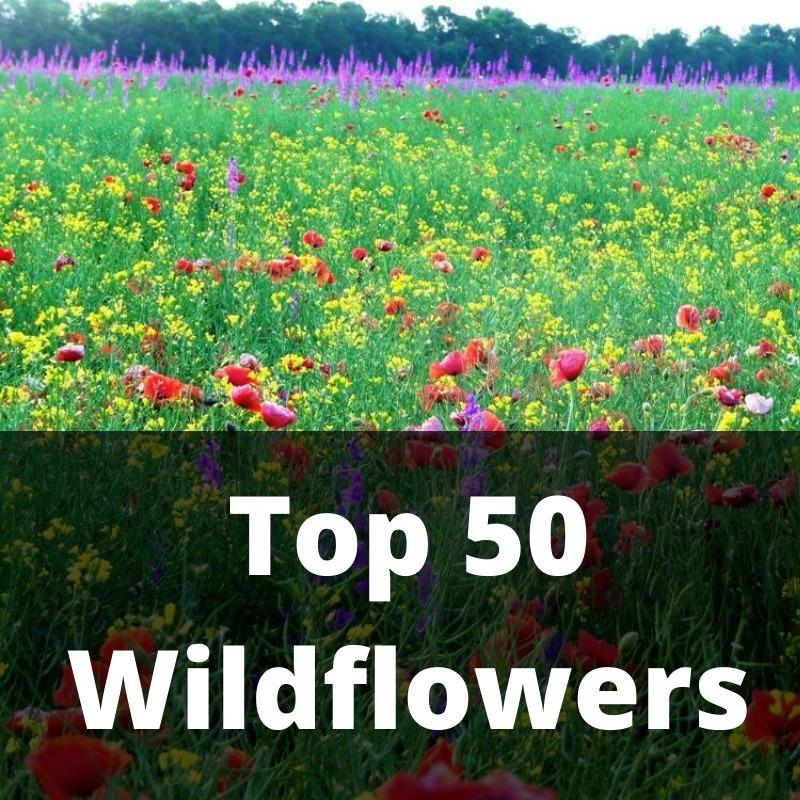#10: Pink Evening Primrose (Oenothera speciosa)
@Lavanda says, "This is a plant that has been in my life for as long as I can remember.
It is a beloved wildflower in Texas, with a blooming season from March to June.
The color of the blooms, even within the same clump, ranges from pure white to a medium rosy-pink, including all shades in between.
Blooms consist of four petals with yellow anthers.
They grow as wild volunteers on our property, and the bloom season is much anticipated. When observed at night, when the blooms open, they seem to glow in the darkness, or semi-darkness. Day or night, pollinators LOVE them !
They also appear in drainage ditches, along the side of interstate highways and other roads. State road crews do not mow until the bloom season for these, bluebonnets, coreopsis, gaillardias, thistle and other wildflowers is finished for the season, in agreement with the Wildflower preservation originated by Lady Bird Johnson.
Ours grow in full sun as well as in partial, light shade under our trees.
It is very typical, when driving, to see gardens and yards where homeowners mow around these, leaving tall clumps of blooms. A breathtaking billowy moving cloud of beautiful pink and white !
At our ranchito, whoever is mowing receives threats of NO DINNER if they mow down my precious primroses before the end of the blooming season: they must be allowed to produce and drop seed for the future seasons ! :) (the plants, not the mowers)"
